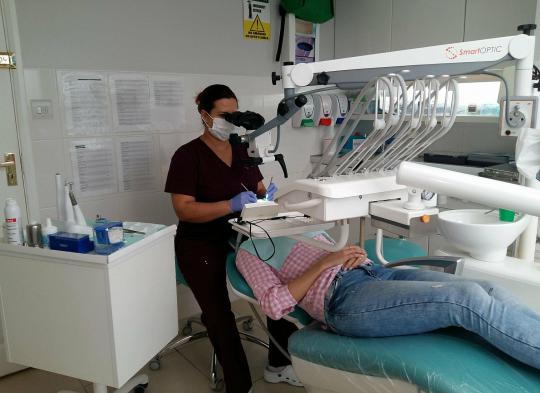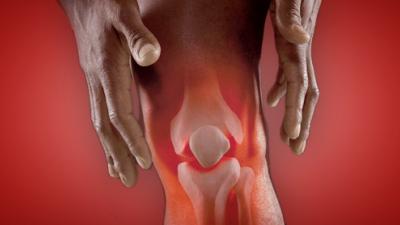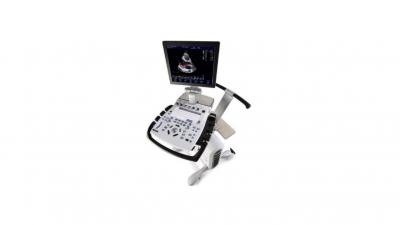Endodontic treatment, commonly known as root canal treatment, is performed to recognise and remove inflamed or infected tissue from inside the tooth. Proper treatment allows to keep your own tooth for much longer and/or provides solid support for prosthetic work.
Root canal treatment requires a lot of patience and sometimes can be expensive, but at the same time it prevents from tooth extraction, which should always be the final solution.
Depending on the infection level, endodontic treatment can be performed either over one or multiple appointments.
Endodontic treatment involves removal of infected pulp from the pulp chamber as well as from root canals, cleaning and permanently filling this space with dental material.
Microscopic root canal treatment
One of the most recent methods used in our clinic is dental treatment under the microscope. This modern equipment provides precision and high efficiency.
A dental microscope, used to treat more complicated cases, allows to significantly magnify and brighten the treatment area up to 18 times. This helps dentist to locate and properly treat all root canals as well as fill them with permanent filling. Root canals are often very narrow and hard to locate. Sometimes there are additional root canals, usually with an irregular shape which complicates access and thorough treatment.
Using a microscope during treatment also helps with dealing with other problems, e.g. broken dental tool removal, root canal re-treatment or endodontic perforation closure.
Indications for microscopic root canal treatment (in cases where this is the only chance of salvaging the tooth):
- root canals are very narrow, obliterated or bent which can cause perforation or tool breakage
- root canals are impossible to find using standard methods
- endodontic re-treatment
- root canal perforation treatment – perforation should be closed using specific material
- rare and complicated root canal anatomy
- broken dental tool removal
- suspected breakage or cracking in tooth, invisible to the naked eye
Dental microscopes are mainly used in endodontics (root canal treatment), but are also useful in maxillofacialprocedures and periodontology (periodontium and oral mucosa disease prevention and treatment).
Its use helps perform precise root resection, check post-extraction wounds and locate broken tooth pieces during maxillofacialprocedures. The microscope is also very useful in decay treatment – it can be precisely diagnosed and removed without excess surrounding healthy tissue.
All treatments under the microscope are pain-free.
Our clinic is equipped with the Seliga Dental Microscope, with a 6-25 times magnification range and a strong light source. It’s placed on a beam just above the patient’s head and allows to perform precise treatment.
We have created a special offer to provide access to professional treatment for our patients, ensuring a greater sense of safety and comfort.
Treatment using the microscope gives more comfort for both the dentist and the patient, and provides a better treatment outcome.
Unfortunately, this procedure is not cheap, but is certainly less expensive than tooth extraction and its replacement with a dental implant.





